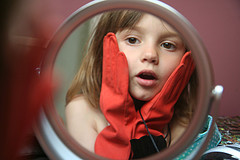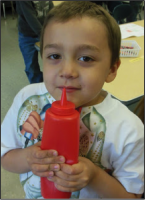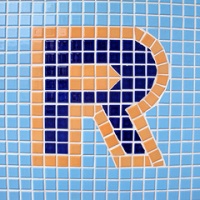
Q: I have read “Successful R Therapy” and am wondering, do you work on Consonantal R or Vocalic R first, and why? I tend to work on Vocalic R with a retroflex R first because I like to teach the contrast between Ah (Jaw low, mouth open, tongue low) with R (jaw high, mouth almost closed, tongue curled up and back). I also find that starting with a big Ah and teaching the client to prolong it helps him hear…









